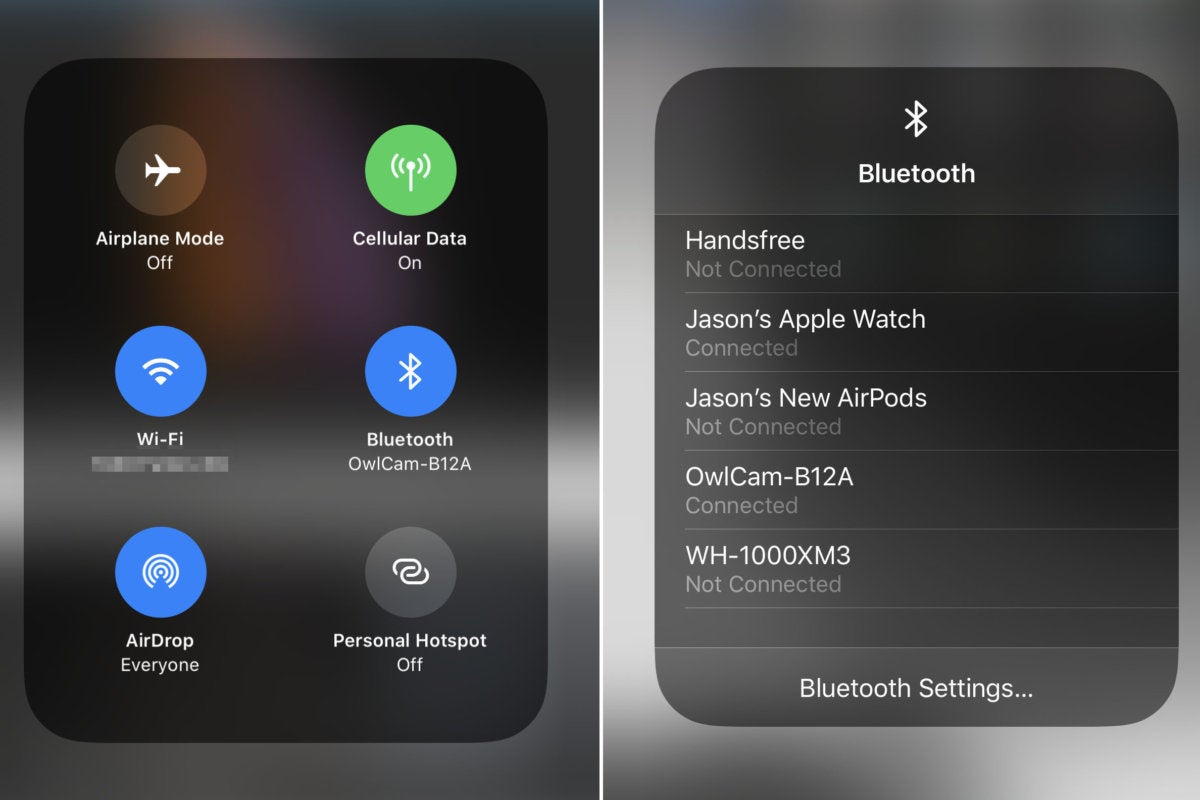Table of Content
Follow the network setup instructions specific to your receiver model. In most cases, it’s no more difficult than connecting your phone or laptop computer. If your receiver and Wi-Fi router support WPS (Wi-Fi Protected Setup), all you have to do is push a couple of buttons. The receiver sends test tones to a microphone placed at your seating location. Then the receiver automatically adjusts the volume and timing of the sound coming from each speaker.
The Signature line includes a variety of options, but we recommend the S15 for the front left and right channels, the S10 as surround speakers, and the S35 center speaker. These speakers were just as good as everything else in their price range—and we found that they sounded better than many more-expensive systems we tested. In our tests, the S15/S10/S35 combination delivered a robust, full sound with both stereo and surround sources. The Signature Series’s design is far more stylish than we expect to see in such an affordable speaker line.
Roku TV Wireless Speakers Review: Should You Buy Them?
OLED TVs are available in the same sizes as LED/LCD sets. They offer high-quality picture, better than that of LED TVs. However, they are also more expensive than LED/LCD TVs. LED– LED TVs have a thin profile and good picture quality.

A home theater receiver, which is also known as a surround-sound receiver or an audiovisual or video receiver, is made to be a central control hub for various audio and visual devices that are connected to it. It has the ability to connect to video devices, but the results are not as good as they are with a home theater receiver. Your subwoofer will hook up with a single RCA cable. You will see some RCA cables marketed as "subwoofer" cables.
The Best 4K Blu-ray Player
LED displays are very bright and are available in a wide range of prices. A display is the focal point of any home theater system. The display is the device that makes up your home theater. There are several types of displays from which you can choose, including TVs and projectors.

What you need to set up a home theater system varies household to household and person to person. For some households, they’ll go with a much smaller setup, while larger rooms may be able to accommodate a little more. There’s a science to connecting these different components and it may require some experimentation before one gets it right. Although today’s high-definition televisions are more technically advanced than ever before, the good news for everyday users is that connecting home theater components keeps getting simpler. Thanks to the advent of HDMI (an all-in-one digital cable that carries both audio and video signals between individual pieces of equipment) there’s no need to toil with a mess of tangled cables. With just one cable connecting each device to your AV receiver or your TV, it’s easy to mix and match parts in minutes.
Wiring Your Home Theater Speakers
I wouldn't base your hook up decision on getting lossless then. Hook some of your video directly to the TV as needed. Your not going to tell anything about lossless with those speakers. I don't think the 605 upconverts to HDMI so I think your gonna have to run component to the tv or get a switcher. I believe the A2 has optical out, analog left/right out (so not 5.1?), and hdmi out. Equipment will be within a couple of feet of the wall the TV will be mounted on.
PCM is limited to two channels when connected via an optical or coaxial digital audio cable. When connected via HDMI, it can deliver surround sound. You’ll have to select the amp channel assignments that suit your needs.
About your guide
This should give you plenty of slack to worth with. As a result, you should aim to keep your wires as short as possible. Plan your layout accordingly so you’ve got a good distance between speakers, but it’s minimal enough to not have issues with resistance. This is an analog video connection that’s widely available on many products, but doesn’t produce as good an image as some other connections. DVI. These cables are used to send either digital or analog signals, and will generally be used for projectors and computers. HMDI. This is the most standard cable for connecting TVs to other devices.

Even though it’s only a 2.1-channel soundbar with no optional surround speakers, it produces a big, enveloping sound with movie soundtracks. With HDMI ARC, one HDMI input, one optical digital audio input, and built-in Bluetooth, it offers good connectivity for the price. We have a sony surround that has a main right and left channel, surround right and left channel, center channel, and sub woofer channel. Our PC has a video card with hdmi output that runs to a lg flat screen via hdmi, the screen also has a hdmi 2nd input port plus rca inputs. The only output from the back of the tv is a digital optical port.
For those looking to get started with their home theater system, knowing how to arrange the different components you’re working with is important. You need to connect your TV to your home theater receiver so that audio signals that have to pass through the TV, like those from streamed content or over-the-air broadcasted content. This ensures that the sound can be played through your audio system, which will produce significantly better sound than your TV’s speakers. Optical cables, AKA SPDIF, sound good, but may introduce audio delay to your picture, especially in older systems. There is usually an option to delay audio to sync to video output if this is the case. A High-Definition Multimedia Interface cable will allow you to transfer uncompressed video data from the devices connected to your home theater receiver to your TV.

It is set up at 20 feet or I change it to the minimum distance of the receiver? Blu-ray – One HDMI cable goes from the Blu-ray player to an HDMI input on the receiver. Wiring your home theater really doesn’t need to be a difficult task. Through my years of home theater development, I’ve found the hardest part is sorting out speakers, but this is actually quite easy once you have the terminology sorted. A final tip is to always make sure you install nail plates if wiring behind drywall.
The receiver only has two hdmi inputs and then a few component inputs. I was thinking about running the PS3 and hd-dvd player into the receiver via hdmi and the cable box into the receiver via component and digital audio cables. I wonder if the receiver will pass thru the component signal from the cable box via the hdmi cable out to the TV? The AV receiver is the hardest-working component in a home theater.

Eventually, Cliff ended up doing custom installation work for Best Buy and then for a "Ma & Pa" shop in Mankato, MN. TV – Only one HDMI cable goes to the TV, from the "monitor out" on the receiver (see Editor's Note below for the exception to this rule). One mistake a lot of people make here is purchasing an HDMI cable that is too short. I would recommend a 6' or 8' HDMI cable when hooking up any TV over 46", assuming your gear is located just below. The common lengths of 2' to 4' are best suited for connecting your source equipment to the receiver.
TV Buying Guide
If you want the most home-theater-like experience, we recommend the LG C1, our 4K OLED TV pick. It offers superb image quality with both HD and 4K sources. It also supports the leading HDR standards, so you get the best picture possible from HDR sources, and it has all the new HDMI 2.1 features you need for improved sound quality and game play. The WebOS smart-TV platform is easy to use and provides all the major video and audio streaming services. The C1 has an extremely thin and attractive design, and the TV’s Filmmaker Mode makes it easy for anyone to get a highly accurate image. Videophiles will like that the CX gives them more control over the image than competing Sony and Vizio OLED TVs do.















